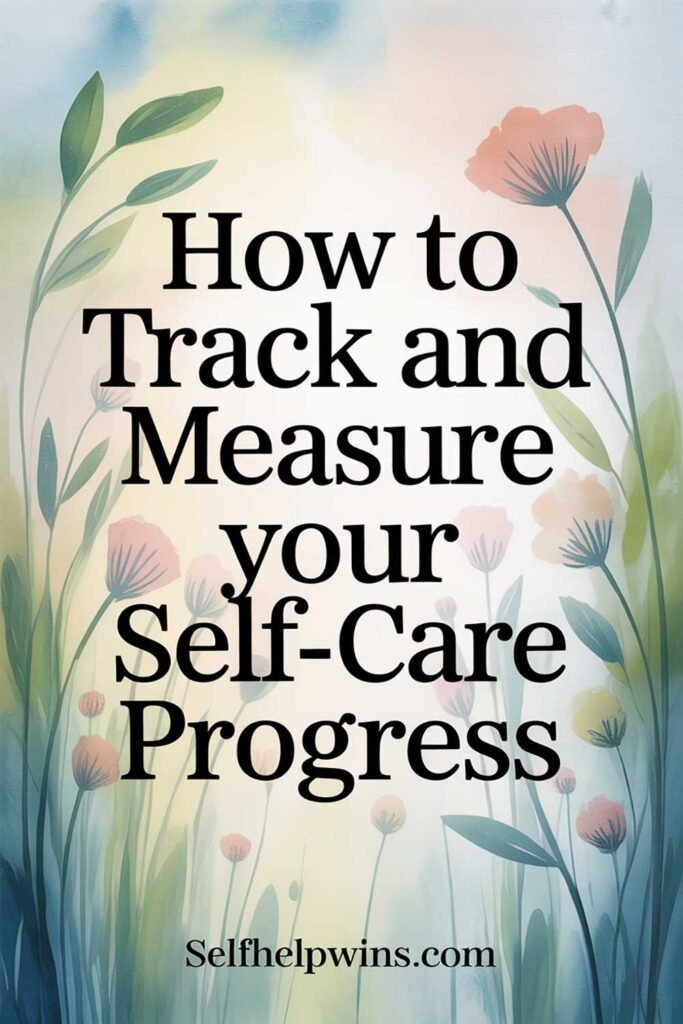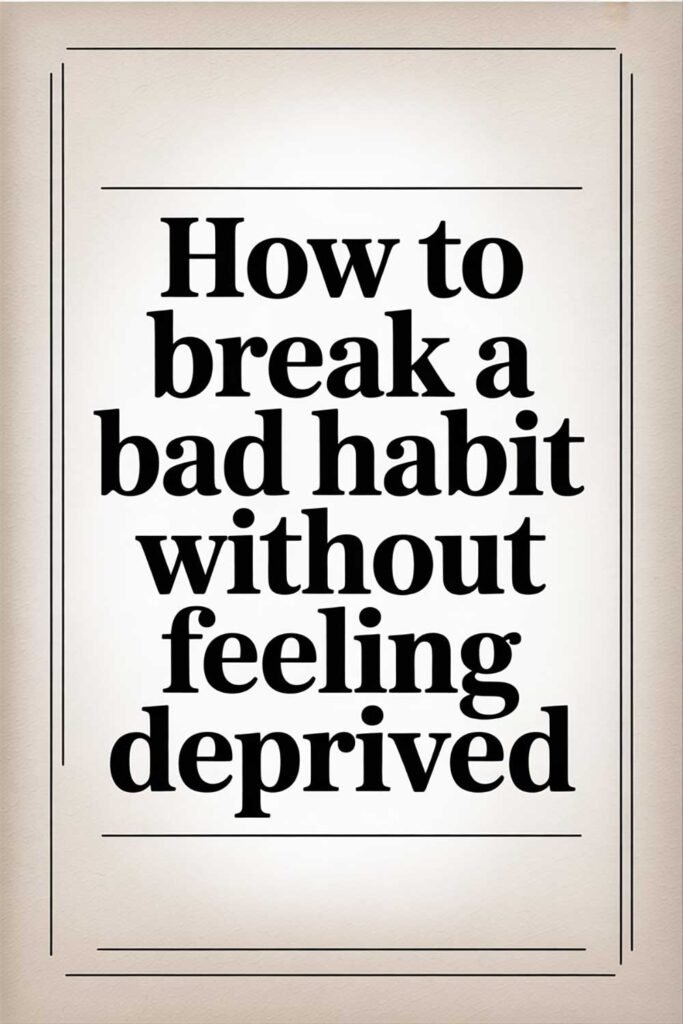
How to Bounce Back After a Major Setback
Understanding Setbacks and Their Impact
Life is full of challenges, and setbacks are inevitable. Whether it’s a career failure, financial loss, or personal disappointment, setbacks can feel overwhelming and discouraging. However, what truly matters is how you respond to them. Bouncing back from setbacks requires resilience, self-reflection, and a strong action plan to move forward.
Step 1: Accept and Process Your Emotions
A major setback can trigger frustration, sadness, or even anger. It’s important to allow yourself time to process these emotions instead of suppressing them.
- Acknowledge your feelings without judgment.
- Talk to a trusted friend or mentor to gain perspective.
- Practice self-compassion and remind yourself that setbacks are a normal part of growth.
Step 2: Reframe the Setback as a Learning Opportunity
Instead of seeing failure as an end, view it as a stepping stone to success. Ask yourself:
- What lessons can I learn from this experience?
- What could I have done differently?
- How can I apply this knowledge moving forward?
Many successful people, from Thomas Edison to Oprah Winfrey, faced significant failures before achieving greatness. They used their setbacks as motivation to improve and grow.
Step 3: Regain Perspective and Focus on the Bigger Picture
When facing a setback, it’s easy to get stuck in negative thinking. To regain perspective:
- Remind yourself of your long-term goals.
- List your past successes to boost confidence.
- Identify areas of control—focus on what you can change rather than what you can’t.
Step 4: Develop a Recovery Plan
A well-structured plan will help you take control and move forward effectively. Consider:
- Setting realistic and actionable goals to rebuild progress.
- Breaking goals into small steps to make them more manageable.
- Establishing new strategies to avoid past mistakes.
Step 5: Surround Yourself with Positivity and Support
The people around you can either lift you up or bring you down. Build a strong support system by:
- Seeking guidance from mentors or advisors.
- Spending time with optimistic, motivated individuals.
- Engaging in positive self-talk and affirmations.
Step 6: Take Action and Stay Consistent
Action is the antidote to setbacks. Start by:
- Taking small, consistent steps toward your goals.
- Staying patient and persistent, even when progress is slow.
- Adjusting your strategy as needed while remaining committed.
Step 7: Maintain a Growth Mindset
Adopting a growth mindset means believing that you can improve through effort and learning. Develop this mindset by:
- Viewing challenges as opportunities.
- Staying open to feedback and constructive criticism.
- Celebrating progress, no matter how small.
Picture This
Imagine experiencing a major career setback. At first, you feel defeated, but instead of giving up, you take time to reflect, adjust your approach, and seek support. You develop a plan, take small steps forward, and slowly regain momentum. Months later, you find yourself in an even better position than before, stronger and more determined. That’s the power of resilience and bouncing back.
Share This with Someone Who Needs It
If you found this guide helpful, share it with a friend, colleague, or loved one facing a setback. Together, we can support each other in overcoming obstacles and achieving greater success.






